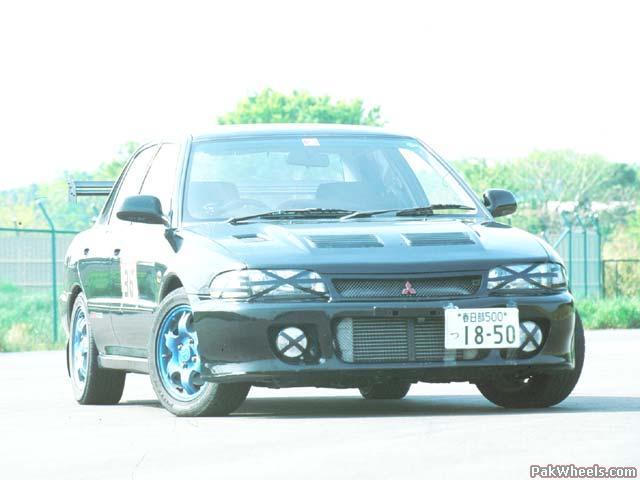Mitsubishi Lancer Evolution History
From the beginning, the Mitsubishi Lancer Evolution existed solely to succeed in the World Rally Championship, and the production car was simply a byproduct of homologation rules. The Evolution series has been true to its name, representing a methodical motorsport development process that has brought about some truly awe-inspiring street cars with a cult-like notoriety.
Evolution I
Chassis Code CD9A
Flush with success from its Galant VR-4 and hungry for WRC victory, Mitsubishi determined in 1990 that further success would require a new platform. To that end, Mitsubishi engineers started with VR-4's proven drivetrain and shoehorned it into the lighter, smaller Lancer chassis and the Evolution I was born.
However, competition in WRC's Group A required the homologation of 2,500 production models. No problem. Offered in GSR and RS flavors, 5,000 EVO Is were snapped up between September 1992 and December 1993. Mitsubishi's intent behind the lightweight RS model was to provide a good starting point for building a club-level rally car.
So why include parts that will be tossed later? With that philosophy in mind, RS models were sold with steel wheels, manual windows, and cheap seats. ABS was not offered on RS models, nor was a rear wiper. The GSR, intended to serve street-car duty, included power windows, air conditioning, Recaro seats, alloy wheels and carpets, helping to bring the GSR's total weight to 2,730 pounds, 155 pounds more than the RS. Keep in mind the Japanese weigh their cars with no fuel, spare, or jack, so make a mental conversion over to American-style curb weights.
Throughout the EVO's life, motivation was provided by the VR-4's stout iron-blocked turbocharged 2.0-liter DOHC 4G63 engine. EVO I got a lighter crankshaft, higher compression pistons, new connecting rods, plus a new port geometry, bringing output to 228 lb-ft at 3000 rpm and 247 hp at 6000 rpm; 10 more than the VR-4. The VR-4's established AWD drivetrain and five-speed W5M33 gearbox, with a double-cone synchro added to second gear, were carried over.
The EVO's suspension consisted of MacPherson front struts and a multi-link rear, with pillow-ball mounts replacing the base Lancer's rubber bushings in the control arms and toe-control links. The lowly Lancer chassis was beefed up to cope with the rigors of rally use, giving a 20-percent increase in torsional rigidity. Extra beef equals weight, so undercoating was removed on all Evolution RS models through EVO V.
